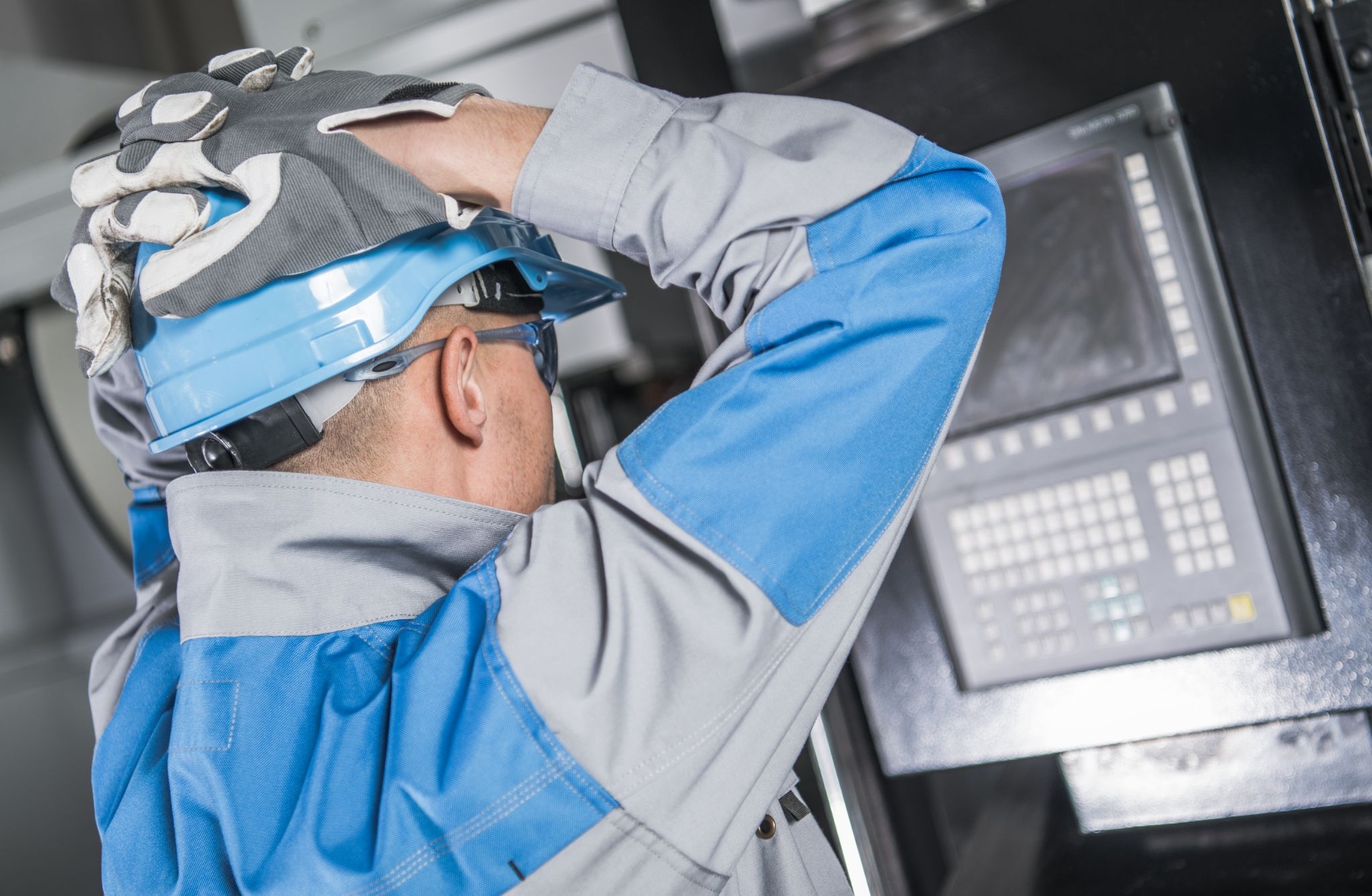Accel-RF has actively worked in the semiconductor reliability test arena for upwards of three decades, designing and manufacturing equipment used in the world’s most cutting-edge semiconductor development programs. Our mission is to help reliability engineers understand and implement an effective program of semiconductor reliability testing, utilizing the equipment that best fits their needs. So we make it a point to understand the value-added advantages of all facets of reliability testing and convey those advantages to the engineer and his management.
Often, when a company decides against purchasing a turnkey platform and instead chooses to go the “build it yourself” route, they underestimate the value of a holistic reliability testing program and overestimate their in-house capabilities. That’s why we decided to compile this list of what we believe are some of the top myths about semiconductor reliability testing. As you read through this list and our responses, you may realize that one or more of these misconceptions guides your company’s thinking.
Myth #1: There’s no marketing or commercial benefit to reliability testing.
Many companies relegate reliability testing to the category of “necessary evil.” It’s something that they have to do, but they hide the process in the back room. The sales department assures potential customers that the engineers have tested for reliability, and everything looks good. Those with this attitude can keep the investment in reliability testing low, but these days, the façade is starting to fall apart.
Today’s electronic product manufacturers are sophisticated buyers. They understand their product, and they know exactly how your device fits into the overall picture. Reliability data is the coin of the realm required to make a deal. Insufficient test data with questionable accuracy will get you nowhere in the modern electronics market.
In addition, the marketing pros have learned that the best way to increase sales numbers on new semiconductor technology is to promote the reliability data measured on their device. The successful campaigns tout the reliability testing data that directly correlates to their customer’s application. It’s an effective tool for positioning a particular device’s unique selling proposition (USP) and removing all doubt about why this specific device suits the product at hand better than the competition’s.
Myth #2: You don’t have to start with the end goal in mind.
We often see companies make the mistake of keeping the goals and intentions of the designers separate from the rest of the company. The idea that you take whatever the engineers come up with and then figure out how to sell it no longer works. To be successful, the lines of communication between all parts of a company must function fully and act with a unified purpose.
Additionally, the sales, marketing, and management teams must act in unison with the activities of the quality department. The entire organization must work together to ensure that the end result of a new proposed technology will fill a void in an emerging and growing market.
Similarly, the engineering team also needs to be in the loop of how their device harmonizes with the company vision by creating products the market application demands. This insight helps both the design engineer and the reliability test engineer design test methodologies to ensure the devices can handle day-to-day expected functionality in the users’ hands.
When the company culture supports the concept of reliability testing, it provides a new tool for competing in today’s tight electronics manufacturing market. Sales and marketing teams can now access data to help customers understand the reliability timeframes of their products.
Reliability-intelligent company cultures have a way of gaining the reputation of creating high-quality products. The value proposition of application-specific reliability characterization usually offers the manufacturer permission to play before it enters the field.
Myth #3: Intrinsic reliability testing alone is enough.
The best-built semiconductor in the world won’t sell if no one has an application for it. Most device buyers want to know how the device will perform under a particular set of conditions before they buy. Thus, they can’t justify choosing an unproven device for their product over one that meets their specific requirements and comes with the data to back up the claim.
So, they need to know when the device will fail and how long it will perform the way they need it to in their product. The behavior characteristics they expect to see will vary depending on the market they serve. If they sell a system that goes into a satellite, they will have markedly different expectations than companies making smartphones.
In other words, the secondary, application-specific causes of performance degradation can have just as significant an impact on the product lifetime as the activation energy (Ea) or Mean Time to Failure (MTTF) determined through intrinsic reliability testing. For instance, if something like bit error rate changing causes system performance to decline rapidly, this might be an essential consideration. The bottom line is that the reliability testing data needs to in some way demonstrate how the device will perform in the planned application; otherwise, it doesn’t do anyone much good.
Myth #4: It’s cheaper and quicker to build reliability test capability in-house.
We used to hear this myth a lot, but thankfully, it seems to be going out of style. The person in charge of the product development team thinks, “Why should I use my budget for purchasing commercial reliability test equipment when we can design it ourselves? If we create it in-house, won’t we be able to test it the way we want? So why are we worried about reliability test equipment sourcing?”
Simply put, a qualified reliability engineer is in a completely different discipline than an equally credentialed reliability test equipment engineer. There is a substantial learning curve involved if you don’t have experience testing at 300° C under an active stimulus and for long periods of time, over several thousand hours, on multiple devices simultaneously. With over 30 years of experience, we can testify that it takes overcoming many challenging discoveries to develop an accurate and valuable testing platform. Without even having the element of RF, reliability testing is difficult, with RF stimulus requirements it is downright daunting.
It’s common to underestimate the time and resources reliability testing semiconductors will require. Unfortunately, this miscalculation can make you miss deadlines and get off schedule, and that’s a situation that, once it starts, is hard to correct.
Additionally, the result of a home-grown test setup is almost always unsatisfactory and very unadaptable to shifts in product testing requirements. Not only is the data usually non-standard and, therefore, questionable, but the test fixtures tend to be entirely customized to one particular device and application. When a new product or a new testing requirement presents itself, you have to start over designing and building the necessary test fixtures. As a result, reliability test equipment built in-house typically winds up as an expensive, schedule-busting mistake.

Myth #5: You can substitute DC testing for RF testing.
Many companies can’t resist the temptation of substituting less complex and lower-cost DC testing when RF testing is required. A pernicious myth says that the testing results will be the same, so it’s a smart move. You might get some reasonably accurate lifetime prediction data, but as already pointed out, that does not tell the whole story in today’s wireless market environment.
Manufacturers will be making products that will process signals in the RF spectrum. Therefore, to accurately test the device’s performance in these conditions, you must build a test fixture capable enough to balance the environmental stress and at the same time operate with an active RF signal. Remember that what matters to your customer is how the device will maintain the performance requirements of their application with age.
So, while reliability testing semiconductors with RF signals is an in-depth process and somewhat more expensive to accomplish than DC testing alone, it is the only way to get valuable data to your customer. To instill confidence that your device will perform in the field as expected, you must provide solid characterization data pulled from testing that closely mimics the actual conditions the product will encounter.
Accel-RF: Flexible, Modular, Turnkey Testing Solutions
The RF semiconductor market’s high startup costs and thin margins dictate that companies embrace a rigorous reliability testing regime. Skimping in this critical part of the development process can damage reputations, cause financial loss, and reduce the ability to capture future opportunities.
Accel-RF provides turnkey solutions for reliability testing needs. We have modular test fixtures that achieve impedance and RF stability performance necessary to meet today’s and tomorrow’s requirements, so your testing system can grow with your market opportunities. Our LifeTest software can collect, correlate, and present data to the test standard that you need to convince your customer of your device’s viability. Additionally, what we consider our most important asset, our multi-disciplined team of expert reliability testing engineers can provide you with all the guidance you need to increase your odds of success.
Accel-RF is solely focused on reliability testing. We advance a business philosophy that puts the customer’s needs squarely in the center of our view. Partnering with Accel-RF for reliability testing reduces wasted resources, ensures success with minimum schedule impact, and creates a larger return on investment opportunity for the company.


